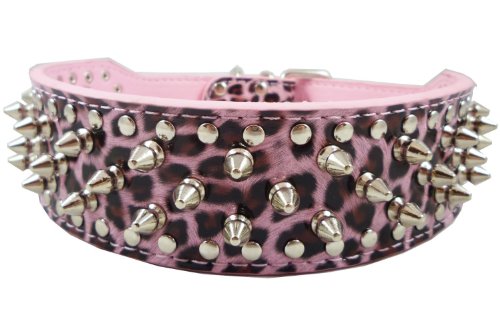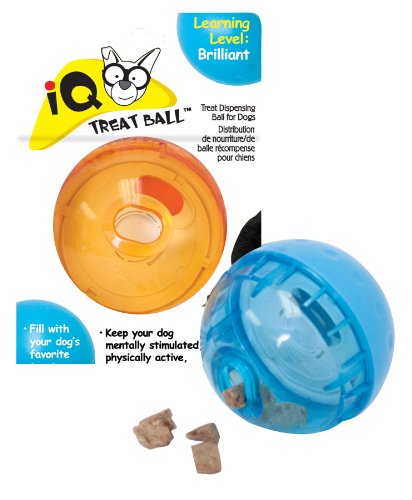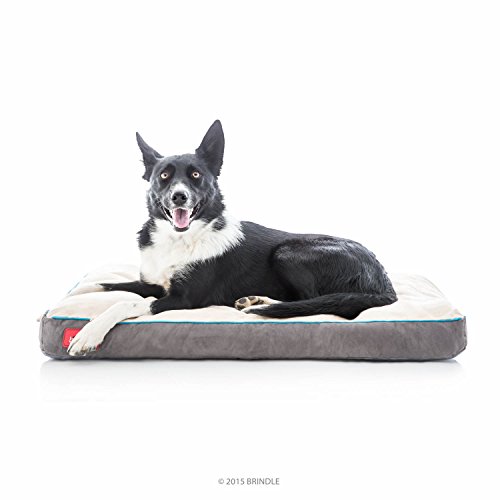

DOG RACING is a sport in which greyhounds or other dogs of similar type compete in pursuit of a live or artificial animal. In coursing, which takes place in open fields or in enclosures on private estates, greyhounds pursue a hare that is given a head start of about 60 to 80 yards. The most familiar races, however, are those in which greyhounds chase a mechanical lure, which is maneuvered around an electrified rail on an oval track. Because of the greyhound's speed, competitive nature, endurance, keen sight, and instinct to pursue the hare, this dog is used exclusively in professional races. Eight-dog fields are run in the United States over sand-surfaced tracks. The British and Irish system uses six dogs in each race, and the run is over grass. Australia. Portugal, Spain, Mexico, Italy, France, Colombia. and Sweden also conduct races.
In the United States, racing with a mechanical lure is a popular pari-mutuel attraction at more than 30 dog tracks in seven states. Open-field coursing is a nonwagering sport in several states where rabbits are a severe menace to crops. In amateur competition, dogs that follow by scent are raced as well as those that pursue their quarry by sight.
Greyhounds are one of the oldest canine breeds and have been used for hunting and coursing since ancient times. For centuries in England they were dogs of the aristocracy; early British laws forbade commoners to own them. The firs written code for coursing was formulated it England in 1776. Greyhounds were brought to America by the early settlers, and during the 19th century they were used mainly to chase jackrabbits and coyotes on the plains.
Development of Racing. In 1876 in England the first simulated rabbit was used in greyhound racing at Hendon, Middlesex, over a straight 400-yard course. The dogs eagerly pursued the lure, but owners lost interest in the venture.
An Arkansas promoter, Owen Patrick Smith, is credited with introducing greyhound racing in the United States. He invented an artificial lure and demonstrated his device at Salt Lake City, Utah, in 1907. Later attempts to use Smith's lure were made at Houston, Texas, in 1912, and at Emeryville, Calif., in 1919. Both ventures were failures, mainly because betting was not allowed. Attempts to introduce greyhound racing in Tulsa, Okla., in 1920 and Chicago in 1921 were more successful but short-lived.
Racing then moved to Florida, where a track opened at Hialeah in 1922, and more than 5,000 fans saw the first Miami Derby in March of that year, Hialeah closed in 1926, the year the St. Petersburg (Fla.) Kennel Club opened its track. Today the St. Petersburg track is the oldest greyhound course in the world operating on its original site, and its Derby and Gold Trophy races are the oldest continuously running events of their kind in the United States. The first English track opened at Belle Vue, Manchester, in 1926. In Australia the first greyhound track race was run in New South Wales in 1927.
In the 1920's, conditions for dog racing in the United States were crude, and the sport was held in disrepute. Because of gangster interest in racing and unsavory conditions at the tracks. some of the racecourses were raided. With the legalization of pari-mutuel betting, first in Florida in 1932 and later in Massachusetts and other states, greyhound racing was elevated to a higher plane. Now, tracks are licensed by the individual states and supervised and controlled by state racing commissions.
The American Greyhound Track Operators association, founded in Florida in 1947, promotes the sport and sets up uniform practices for the industry. This association, together with the National Coursing Association (NCA), which be- zan in Nebraska in 1906, established the Greyhound Hall of Fame at Abilene, Kans., in 1963 to honor the great track and coursing stars of the past. An All-American Greyhound Team of eight dogs is chosen annually.
Breeding and Identification. The first greyhound stud book was initiated in England in 1882. A separate Irish Coursing Club studbook was begun 1923. In the United States the NCA has published its studbook since 1906. The association registers all U. S. litters and issues identification for racers; these certificates must be presented to the state racing commission and the racecourse concerned before a dog can be entered in a race. Puppies are tattooed in the left ear with the month and year they were whelped, and this number appears on every racing greyhound's Bertillon card, which also shows the dog's age, breeding, owner, color, marks and toenails, weight, and certificate number. A dog's Bertillon is checked and approved by a race official at the track before every race in which the dog is entered.
Principal breeding centers are at Abilene and Ocala, Fla. Although there are many great American sires and dams, most of the U. S. bloodlines contain strains of Irish, English, and Australian champions. Today Ireland is the largest supplier of greyhound imports to the United States.
Grading. The racing secretary of the track grades dogs as to ability and past performance and matches those of like grade for the various races. There are generally six grades: A, B, C, D, E, and M (Maiden, nonwinners). Grade A, or sometimes AA, is the best rating a dog can achive. The winner of any race is advanced one grade until it reaches A. If a dog fails to finish first, second, or third in three consecutive starts, he is lowered one grade. This system of grading dogs was inaugurated in 1948.
Race Procedures. Dogs begin to race at 14 to 16 months of age; their racing careers last about three years. Strict track rules and regulations protect the dogs and the racing public. Security measures at the track prevent substitution of
greyhounds or administration of any illegal medication. Once the dogs are brought to the track, are locked in separate kennels, and no kennel personnel are allowed near them until race time.
A dog is brought out from the lockout kennel just before his race, and an official weighs him, checks his Bertillon, and fits him with a muzzle and a racing blanket, the color of which is determined by his previously drawn post position
When all the dogs are in the starting box, the lure operator starts the mechanical rabbit around the track. This opens the box, and the dogs are released for the chase. The lure is kept at a uniform distance and speed, just ahead of the lead dog. Ten or eleven races complete a program, and three judges have final authority on all matters affecting the outcome of the program.
Tracks and Classic Races. Tracks are generally about 1/4 mile around, and race distances vary from 3/16- and 5/16-mile sprints to 3/8- or 7A e-mile.
Famous national and international stakes races include the Wonderland Derby at Revere, Mass.; the St. Petersburg (Fla.) Derby; the Raynham (Mass.) International Derby; the Taunton ( Mass.) American. Derby; the Biscayne ( Fla.) Irish-American Tri-Distance Championship; and the world's richest classic, the Flagler International at Miami. The English Derby at White City stadium in London is Britain's richest prize, and the Hobart (Tasmania) ) Thousand is Australia's most famous annual event.
Amateur Racing. Racing with sight hounds other than greyhounds Afghans, Irish wolfhounds, salukis, Scottish deerhounds, and borzois is an attraction at some dog shows. The Westbury ( N. Y.) Kennel Show races Afghans.
Scent-hound races, in which hounds pursue a caged raccoon drawn across 100 yards of water, are held each year at Lake Hartwell near Anderson, S. C. In this event, the first dog passing a marker on shore is declared "line" winner, and the first hound to bark after entering a circle around the tree in which the quarry is held is declared "tree" winner.
 Designer Dog: Havachon
Credit: SuzyQinOrlando
Designer Dog: Havachon
Credit: SuzyQinOrlando
 Designer Dog Collars
Your dog can be stylish too!
Designer Dog Collars
Your dog can be stylish too!
 Durable Dog Toy Outlasts the Strongest Jaws
Credit: Jeannine T
Durable Dog Toy Outlasts the Strongest Jaws
Credit: Jeannine T
 Learn How to Tell if Your Dog or Cat is Obese and in Poor Health
Is your Dog Healthy?Dog and
Learn How to Tell if Your Dog or Cat is Obese and in Poor Health
Is your Dog Healthy?Dog and
 Memory Foam Pad for Dog Bed
Using a memory foam pad for
Memory Foam Pad for Dog Bed
Using a memory foam pad for
Copyright © 2005-2016 Pet Information All Rights Reserved
Contact us: www162date@outlook.com